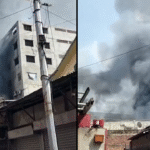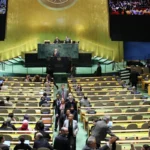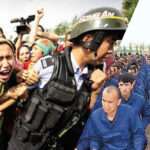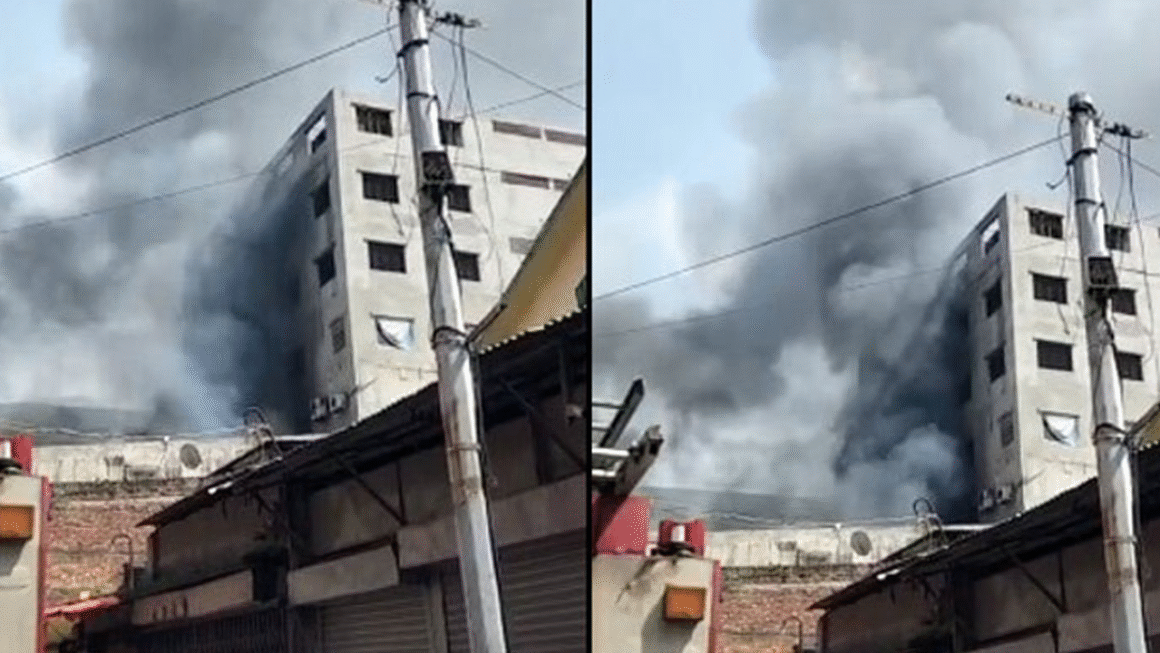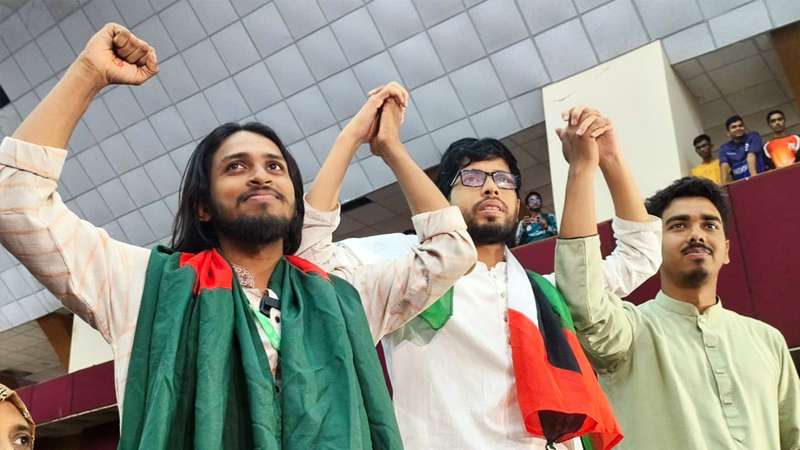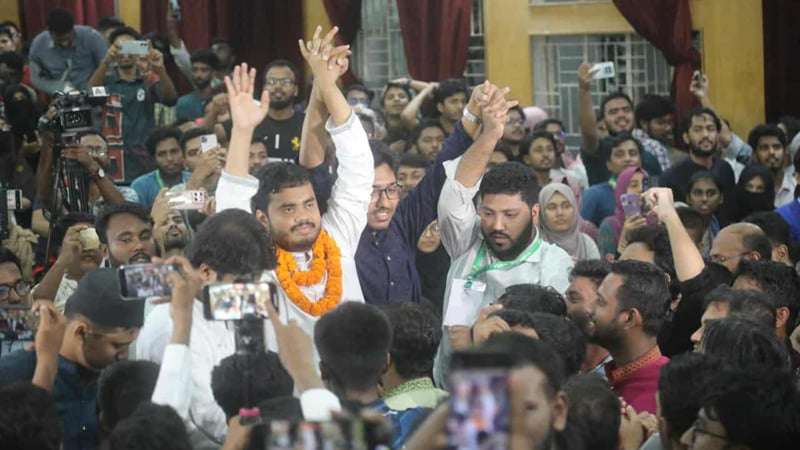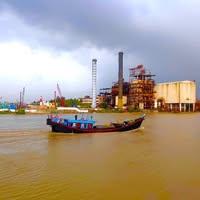
Overview of Senhati in Khulna-
Senhati in Khulna is a picturesque and historically significant village located in the southern part of Bangladesh, within the Dacope Upazila of Khulna District. Surrounded by rivers, dotted with remnants of colonial-era architecture, and rich with rural traditions, Senhati is a hidden gem waiting to be explored by travelers, researchers, and cultural enthusiasts.
The village is known for its once-prominent zamindar family, peaceful countryside, and strong community spirit rooted in centuries-old customs.
Geographic Location and Access-
Senhati in Khulna is approximately 40 kilometers south of Khulna city, nestled near the banks of the Pasur River, one of the major rivers in the southwest coastal region. The location is ideal for those seeking serene landscapes, riverine beauty, and a tranquil rural atmosphere.
- District: Khulna
- Upazila: Dacope
- Nearby water body: Pasur River
- Distance from Khulna City: ~40 km
- Coordinates (approx.): 22.551°N, 89.515°E
Senhati is accessible by road and waterways. During monsoon season, boats provide an additional scenic option for travel.
Historical Background-
The history of Senhati in Khulna is deeply intertwined with the zamindari system during British colonial rule. The Senhati Zamindar family held considerable power and influence in the region, establishing educational institutions, temples, ponds, and administrative buildings. These structures, though aged, still reflect the grandeur of a bygone era.
During the Bangladesh Liberation War in 1971, Senhati served as a strategic hideout for freedom fighters. The local terrain, rivers, and forests provided cover and movement routes, making the village a silent yet active participant in the fight for independence.
The Senhati Zamindar House-
One of the most iconic landmarks in Senhati village is the Senhati Zamindar House, an architectural relic that showcases the blend of Indo-European styles typical of the British colonial period.
- Built in: Late 18th century
- Architectural style: Colonial with Bengali influences
- Current status: Partially preserved ruins
- Features: Grand halls, arches, courtyards, and decorative tiles
The estate includes large dighis (man-made ponds), temples, and storage buildings, all of which provide insights into the lavish lifestyle of the zamindars.
Cultural Life and Traditions-
The cultural heritage of Senhati in Khulna is vibrant and rooted in Bengali rural traditions. Festivals, folk music, and storytelling are integral parts of village life.
- Major Festivals: Durga Puja, Nabanna (harvest festival), Pahela Baishakh (Bengali New Year)
- Music Traditions: Bhatiali, Baul, and Pala Gaan
- Crafts: Handmade items from jute, bamboo, and clay
The people of Senhati take pride in their customs, and local fairs during religious and seasonal festivals draw visitors from neighboring villages.
Education and Institutions-
Despite being a rural area, Senhati in Khulna has a well-established educational foundation. Many of the schools were originally founded during the zamindari era and have evolved with time.
- Senhati Government Primary School
- Senhati High School
- Senhati Alim Madrasa
The literacy rate in the area is steadily improving, thanks to the efforts of both the government and NGOs active in the region.
Notable Attractions in Senhati-
Though not yet a mainstream tourist destination, Senhati in Khulna offers a number of interesting and historically rich places for visitors:
- Senhati Zamindar Bari – The majestic yet decaying mansion of the former landlords
- Senhati Mandir Complex – An old Hindu temple compound still used for local worship
- Ancient Ponds and Dighis – Including the zamindar’s dighi, used for rituals and irrigation
- Pasur River Bank – Ideal for boat rides, fishing, or simply enjoying the scenic view
Climate and Environment-
Senhati has a tropical monsoon climate, marked by high humidity and significant seasonal rainfall.
- Average temperature: 25°C to 35°C
- Seasons: Summer (March–June), Monsoon (July–October), Winter (November–February)
- Natural features: Rivers, ponds, mangrove patches, and rice paddies
Due to its proximity to the Sundarbans Reserve Forest, Senhati enjoys rich biodiversity and unique ecological features, although occasional flooding is a concern.
Local Economy and Livelihood
The economy of Senhati in Khulna is agriculture-centric, with many residents relying on farming, fishing, and small-scale trading. Common agricultural products include:
- Crops: Rice, jute, potatoes, vegetables
- Fisheries: River and pond-based fish farming
- Other livelihoods: Poultry, handicrafts, and daily labor
Microfinance and NGO initiatives have started to support small businesses and empower women through training and skill development.
Health Facilities-
While basic healthcare facilities are available in Senhati, more serious cases are referred to Khulna city. The village includes:
- Senhati Community Health Clinic
- Union-level dispensary
- Proximity to: Khulna Medical College Hospital (for advanced care)
Health campaigns on sanitation, vaccination, and maternal health are actively conducted by NGOs such as BRAC and Grameen Health.
Governance and Development-
Senhati is part of a Union Parishad under Dacope Upazila. Several government and NGO projects are active in the village, focusing on:
- Infrastructure development: Roads, water systems
- Climate resilience: Embankment construction, saline-resistant crops
- Education & women’s empowerment
Community-based organizations are helping the area adapt to the challenges of climate change, including rising salinity and tidal surges.
Future Potential-
With its cultural significance, rural tranquility, and historical assets, Senhati in Khulna has the potential to become a hub for heritage tourism and eco-tourism. Restoration of historic buildings, proper marketing, and investment in infrastructure could attract domestic and international visitors.
Local youth are already engaging in cultural preservation and guiding informal tours. The future looks promising if sustainability and authenticity are maintained.
Final Thoughts-
Senhati in Khulna is a true reflection of Bangladesh’s rich rural heritage. From its colonial-era history to its modern-day resilience, Senhati offers a profound journey through time, culture, and nature. It stands as a symbol of untold stories and unspoiled beauty in the southern region of the country.
For those who wish to experience authentic Bengali village life combined with historic richness, Senhati is a must-visit. Whether you’re a tourist, historian, or just a curious soul, the charm of Senhati will stay with you long after you’ve left.
FAQs About Senhati in Khulna-
Q1: What is Senhati in Khulna known for?
Senhati is known for its historical zamindar estate, cultural heritage, scenic riverside, and peaceful rural lifestyle.
Q2: How can one travel to Senhati from Khulna city?
Visitors can travel by bus, motorbike, or local transport via Dacope road. During the monsoon, boat routes offer a scenic alternative.
Q3: Are there tourist attractions in Senhati?
Yes, notable attractions include the Senhati Zamindar House, ancient temples, large ponds, and the scenic Pasur River.
Q4: Is there accommodation available for tourists in Senhati?
As of now, there are no formal hotels. Visitors can stay in Khulna city and make day trips or arrange homestays with locals.
Q5: What is the best time to visit Senhati in Khulna?
The winter season (November to February) is ideal for travel due to pleasant weather and active cultural events.
Q6: What kind of food is available in Senhati?
Local cuisine includes rice, lentils, fresh fish, seasonal vegetables, and traditional Bengali sweets.
Q7: Is Senhati affected by climate change?
Like many coastal areas, Senhati faces challenges from rising salinity and floods, but adaptation measures are ongoing.

